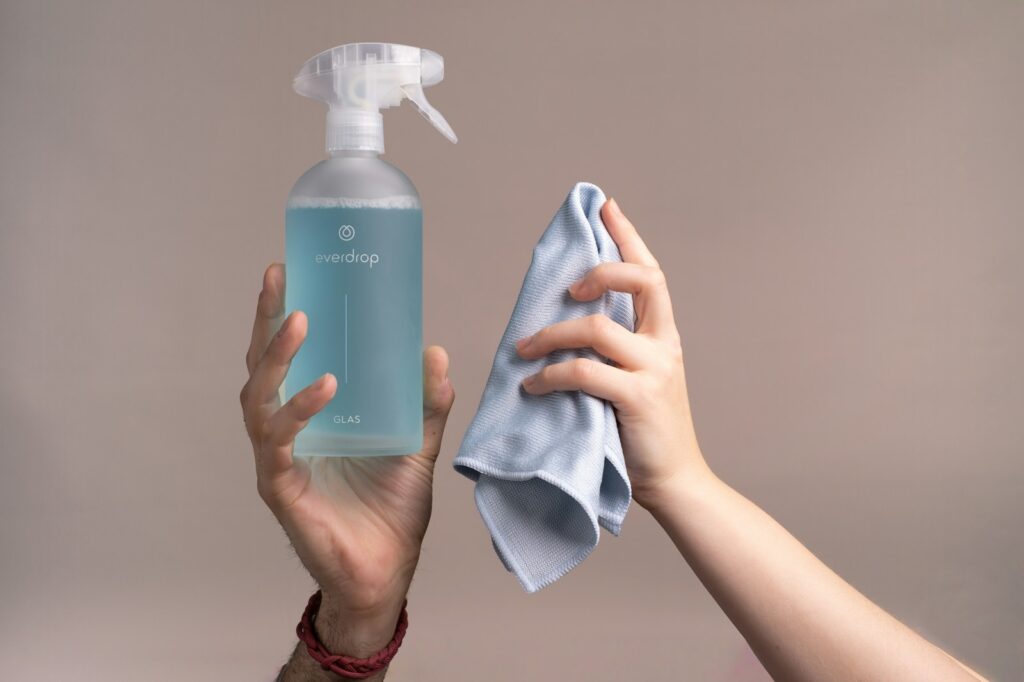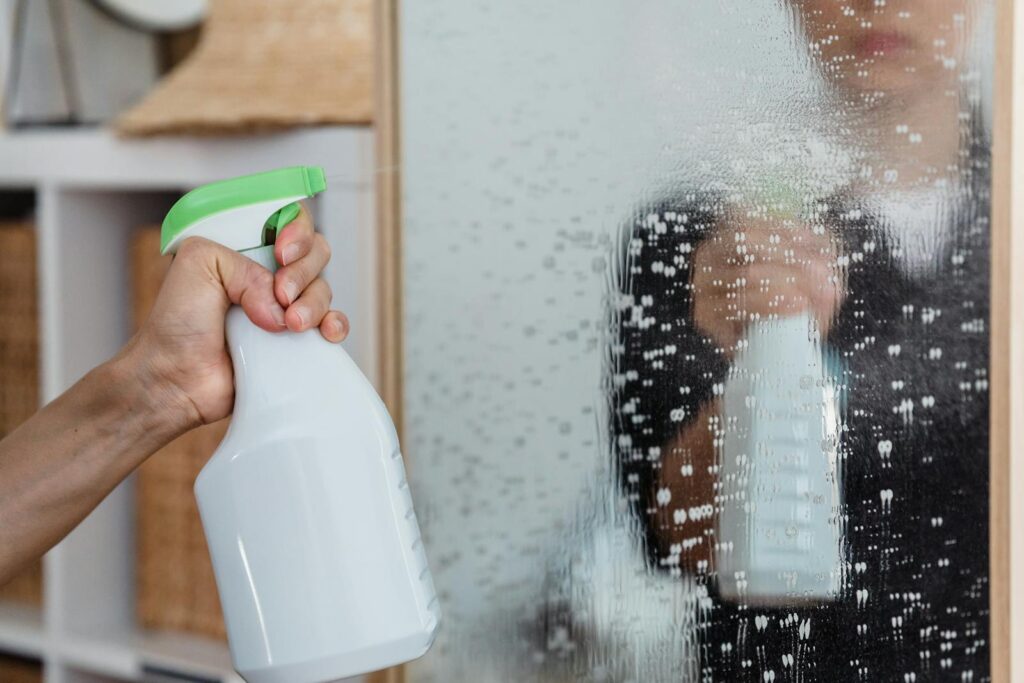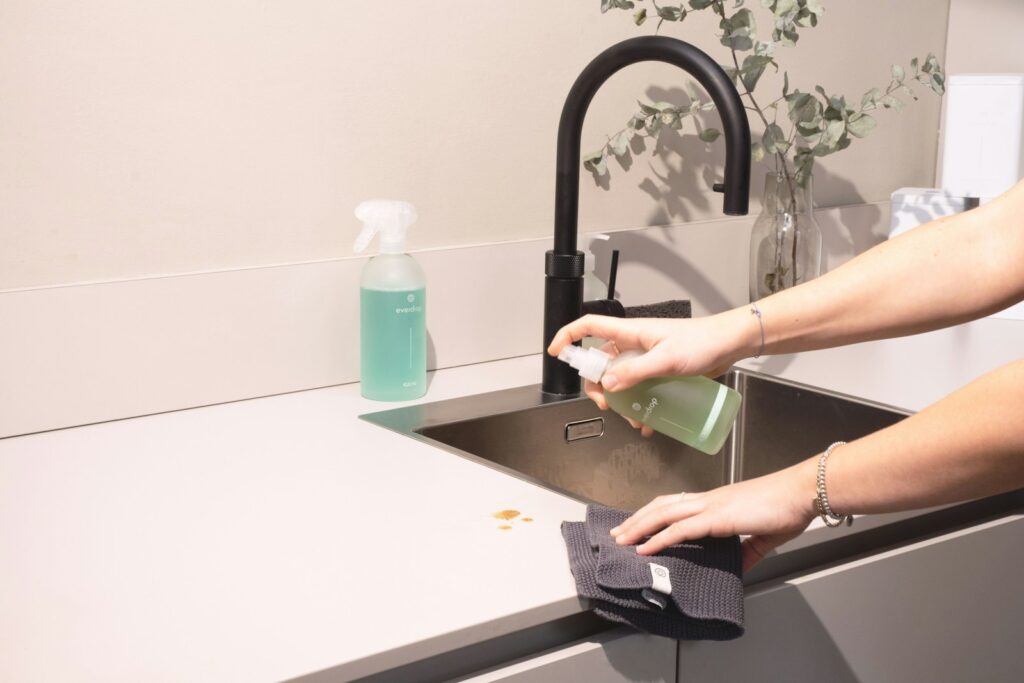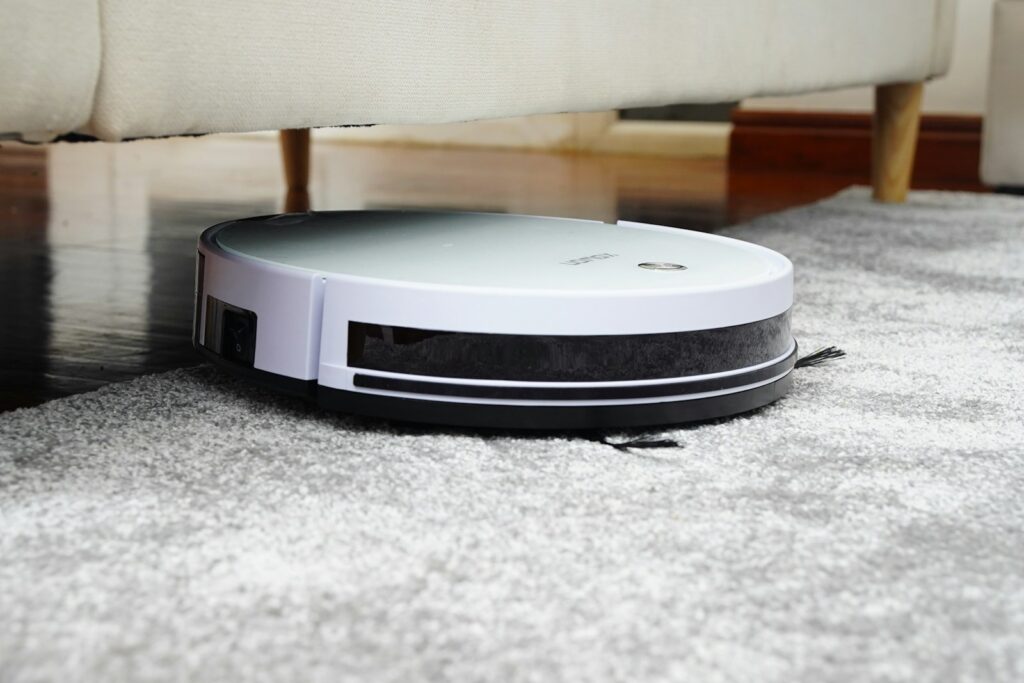Let’s face it: cleaning is rarely anyone’s favorite activity. Between work responsibilities, family obligations, and the desire for personal time, dedicating hours to deep-cleaning feels impossible. However, maintaining a clean home doesn’t require sacrificing your entire weekend. With strategic approaches and clever shortcuts, you can achieve impressive results in less time.
These deep-cleaning hacks leverage efficiency without compromising effectiveness, transforming overwhelming tasks into manageable routines. By implementing these time-saving techniques, you’ll discover that thorough cleaning can coexist with your busy schedule—leaving more time for what truly matters in your life.
Establish a Strategic Cleaning Schedule

Rather than attempting to deep-clean your entire home in one exhausting day, divide cleaning tasks throughout the week or month. Create a rotating schedule that addresses different areas systematically—perhaps bathrooms on Monday, kitchen surfaces on Wednesday, and floors on Friday. This approach prevents cleaning overwhelm by breaking massive projects into digestible chunks.
Additionally, when you clean areas more frequently in smaller time blocks, dirt and grime don’t accumulate as substantially, making each cleaning session less time-intensive. A physical or digital cleaning calendar can help maintain accountability and ensure no area of your home gets neglected.
Employ the Top to Bottom Method

Gravity remains an unchangeable force, which is why cleaning from top to bottom saves significant time and prevents rework. Begin with ceiling fans, light fixtures, and high shelves, allowing dust and debris to fall downward. Then progress to mid-level surfaces like countertops, tables, and appliances.
Finally, tackle floors last when all the fallen dust and dirt has settled. This methodical approach eliminates the frustration of having to re-clean lower surfaces that become dirty from debris falling from above. The top-to-bottom method is particularly effective in bathrooms and kitchens where different levels of surfaces require attention.
Harness the Power of Soaking

Let chemistry do the heavy lifting by soaking stubborn messes while you clean elsewhere. Spray shower walls with cleaner and close the door while you clean the sink and toilet, allowing the product time to dissolve soap scum and hard water deposits. Similarly, spritz oven cleaner and let it penetrate while tackling other kitchen tasks, or soak stovetop grates in ammonia overnight inside sealed plastic bags.
These passive cleaning techniques dramatically reduce scrubbing time since the cleaning agents work on breaking down grime while you focus on other areas. The soaking method transforms difficult cleaning jobs into simple wipe-down tasks.
Invest in Multipurpose Cleaning Tools

Streamline your cleaning arsenal by selecting versatile tools that perform multiple functions. Microfiber cloths can dust, clean glass, and polish surfaces with minimal product, replacing paper towels, specialized dusters, and multiple cloths. Extendable dusting tools with washable heads can clean ceiling fans, blinds, baseboards, and under furniture without requiring multiple implements or uncomfortable positions.
Steam cleaners represent another multipurpose investment, effectively sanitizing floors, countertops, upholstery, and bathrooms without chemicals. Having fewer, more versatile tools not only saves storage space but also eliminates time wasted switching between specialized implements.
Embrace the Two-Bucket Mopping System

Traditional mopping often spreads dirt around rather than removing it, leading to floors that never look truly clean. The two-bucket system—one with cleaning solution and one with rinse water—prevents this problem by keeping dirty water separate from your cleaning solution. Dip your mop in the cleaning solution, mop a small section of floor, then rinse the mop in the rinse bucket before reapplying fresh solution.
This technique eliminates the need for multiple passes over the same area and ensures you’re not cleaning with increasingly dirty water. Additionally, microfiber mop heads pick up more dirt and require less water, meaning faster drying times and more efficient cleaning.
Utilize the Power of Vinegar and Baking Soda

These common household ingredients work as powerful cleaning agents for numerous applications, saving both money and time. Vinegar’s acidity makes it perfect for dissolving mineral deposits in showerheads—simply fill a plastic bag with vinegar, secure it around the showerhead with a rubber band, and let it soak overnight. Baking soda forms an effective paste for cleaning grout when mixed with water; apply, wait 15 minutes, then scrub and rinse for dramatically whiter grout lines.
For stubborn drain clogs, pour baking soda followed by vinegar down the drain, cover for 15 minutes, then flush with hot water to clear blockages naturally. These natural solutions often work more effectively than commercial products while requiring less scrubbing effort.
Pre-Treat Stains and Problem Areas

Addressing tough spots before beginning general cleaning prevents time-consuming spot treatments later. Spray shower glass with daily shower cleaner after each use to prevent soap scum buildup that requires intensive scrubbing. Apply a paste of hydrogen peroxide and baking soda to discolored grout or stained surfaces, allowing it to sit while cleaning elsewhere.
For stubborn toilet bowl rings, drop in a denture cleaning tablet and let it dissolve for 30 minutes before a quick brush. These preventative measures transform difficult cleaning challenges into simple maintenance tasks, dramatically reducing the time needed for deep cleaning sessions.
Declutter Before Deep Cleaning

Attempting to clean around clutter not only extends cleaning time but also reduces effectiveness. Before starting any deep-cleaning session, spend 10-15 minutes returning items to their proper places and removing unnecessary objects from surfaces. Keep a basket handy during cleaning to collect items that belong in different rooms, saving multiple trips.
This preliminary organization allows unobstructed access to surfaces that need cleaning and prevents the frustration of moving items multiple times. Additionally, maintaining clutter-free spaces on a daily basis through the “one-touch rule” (handling items only once before putting them away) reduces prep time before cleaning sessions.
Clean in Short, Focused Bursts

The Pomodoro Technique—working in focused sprints followed by short breaks—applies brilliantly to cleaning tasks. Set a timer for 25 minutes and concentrate entirely on cleaning one area or completing one specific task, then take a five-minute break before beginning another session. This approach prevents burnout and maintains high energy levels throughout larger cleaning projects.
Additionally, time constraints often increase efficiency as you’re motivated to complete tasks within the allotted timeframe. Four 25-minute cleaning sessions with breaks feel far more manageable than a continuous two-hour cleaning marathon, while potentially accomplishing more due to sustained focus and energy.
Line Items for Easy Cleaning

Strategic lining of surfaces dramatically reduces cleaning frequency and intensity. Line refrigerator shelves with plastic wrap or shelf liners that can be quickly replaced when spills occur instead of scrubbing the entire shelf. Place parchment paper on top of kitchen cabinets to collect dust and grease, then simply replace the paper during deep cleans.
Use oven liners to catch drips and spills, eliminating the need for harsh oven cleaners and extensive scrubbing. Similarly, drawer liners in bathroom and kitchen spaces protect surfaces from spills and make regular cleaning as simple as replacing the liner. These preventative measures convert time-consuming deep cleaning into quick maintenance tasks.
Leverage Technology for Cleaning Assistance

Modern technology offers numerous time-saving cleaning solutions that work with minimal supervision. Robot vacuums can maintain floors daily, reducing the frequency needed for deep vacuuming and allowing you to focus on other cleaning tasks. Programmable dishwashers with delay settings can run during off-peak hours, ensuring clean dishes await when needed.
Automatic shower cleaners spray daily solutions that prevent soap scum buildup, while toilet bowl tablets continuously clean with each flush. Even smart home systems can be leveraged to run air purifiers or control vacuum schedules remotely. By delegating routine cleaning to technological solutions, you free up valuable time for tasks that require human attention.
Implement the Clean As You Go Philosophy

The most time-efficient cleaning hack is preventing messes before they build up. Wipe down counters immediately after cooking, and use a squeegee on shower walls to avoid soap scum and mineral buildup. Encourage everyone in the household to return items to their place and clean up spills right away. These small, proactive steps turn deep cleaning into simple daily maintenance and save hours in the long run.
With smart strategies, deep cleaning doesn’t have to eat into your free time. By combining prevention with efficient techniques—like using natural products, multitasking cleaners, or time-saving tools—you can keep your home consistently clean without endless scrubbing. Consistency in small tasks ultimately saves more time than sporadic, intense cleaning sessions. As you build these habits into your routine, a clean home becomes easier to maintain and far less time-consuming, allowing you to enjoy a tidy space without it taking over your schedule.

